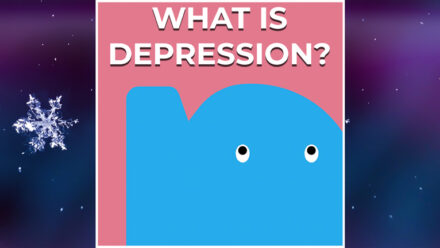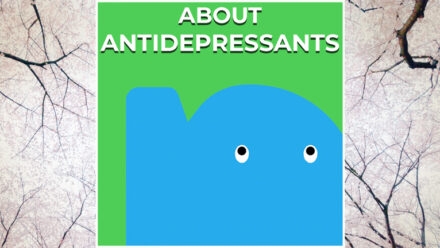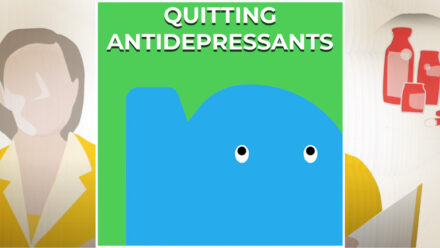
A depressive episode can last for weeks, months, or even years. But they almost always disappear eventually, either with or without treatment.
When you are aware of your depressive moods or mood swings on time, you can luckily get help early on or even prevent the depression through self-help. Depressive periods can also end by themselves. This is mostly the case when the symptoms are mild and the person practices self-help, such as mindfulness or regular jogging.
During depression, it is important to get enough support from others around you. Also take proper care of yourself, by getting both physical exercise and enough rest. If professional help is nevertheless required, it starts gradually and is increased step by step.
Stepped care
Stepped care means that treatment is tuned to the patient’s situation. Minimal help if possible, and intensive help if necessary.
The treatment can have the form of coaching supervision, psychotherapeutic treatment and/or medication. The steps are as follows:
First step: Interventions during a mild depressive episode
Examples of such interventions are:
- Self-help
- Contact with lived experience workers or a coach to work on problems (such as troubles at work or relationship issues)
- Online tools (e-health)
- Guidance for taking up daily activities, exercise or sports.
- Mindfulness and yoga can have positive effects.
Second step: treatments during a medium to serious and/or returning depressive episode.
- Psychotherapeutic interventions
- Body-oriented therapy
- Counselling conversations with a coach
- Mindfulness or support groups with other people who have emotional problems
All these treatments can lead people to new insights that help them face their emotional problems and become less vulnerable to them.
Third step: treatment with antidepressants
Although we don’t know exactly how antidepressants work, they do have a positive effect on some people. Probably because of how they affect certain chemical messengers that transmit information between brain cells. Deciding whether antidepressants should be part of the treatment, is always done in close consultation with the doctor. After all: medication always comes with a downside as well. Some antidepressants, for example, lead to withdrawal symptoms when people try to quit them.
Especially types such as paroxetine (also known as Seroxat) and Venlaxafine are known to cause serious withdrawal issues. These medicines are therefore best avoided.
Fourth step: Other treatments
During a so-called ‘therapy-resistant depressive episode’, none of the treatments above lead to any improvements. Even then there are still additional types of treatment. One that might help, is electro convulsion therapy (ECT).
ECT treatment means that, under controlled conditions (with narcosis and a muscle relaxing medicine), an epileptic seizure is triggered. On the short term, this a very effective treatment among 50 to 70 percent of therapy-resistant depressive patients. Electroconvulsive therapy is especially promising in cases of depression with high suicidal risks and psychotic episodes.
With some specific types of depressive episodes, other methods of treatment are also used. One example is light therapy for people with seasonal depressive episodes.
The recovery model of depression
Just like with psychosis vulnerability, and every other form of mental suffering, professional treatment is only one part of learning to live with depressive vulnerability. Professional help, in the form of psychotherapy and medication, can also be important to get out of depression. But when you are vulnerable to depression, you also have to go through a much longer process of acceptance, adjustment, and rebuilding your life after recovering from depression.
At the edge of a deep depression, sometimes with suicidal thoughts and psychosis, you literally have to reinvent yourself
You have to adjust and reshape your life story in a way that also explains the meaning and consequences of your (vulnerability to) depressive episodes. In a way that other people can understand as well, because there is a stigma to be overcome. Sometimes you have to adjust your life goals and think of new ways to make life meaningful, now that your former goals are perhaps no longer reachable.
Depressive symptoms tend to return in times of stress
People can also suffer from so-called residual symptoms: more mild symptoms that linger on after and between depressive episodes and may affect appetite, motivation or cognitive functioning. Yet still, people who know to be vulnerable to depression learn to deal with it and build up a defence. Therefore most people, despite their permanent vulnerability, can still live a meaningful life.
Contact with lived experience workers is essential to stimulate and shape the process of building resilience over the years
The process of recovery, in the sense of getting back hope and perspective, is not always an easy road. Partly because professional help is often more focused on only relieving the symptoms, and because the help of a lived experience worker can be hard to find.




